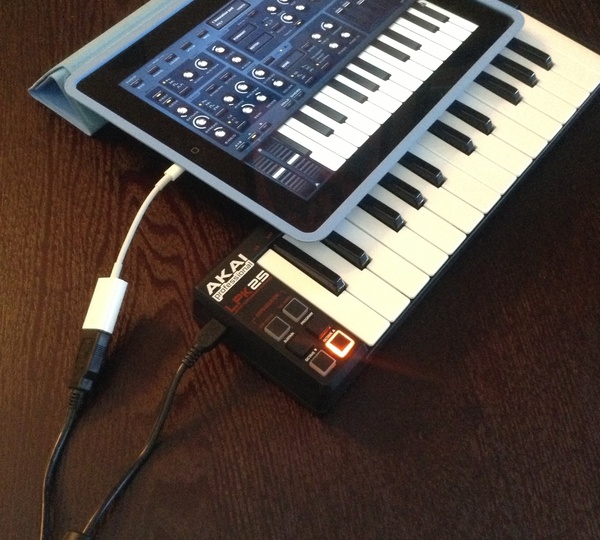


If you notice any damage to the USB ports, you’ll have to contact an experienced technician, preferably from the company that owns the device. Also, you can connect to a different USB port. However, be careful not to damage any parts. You’ll need a pin to remove accumulated grime inside the port. To fix the former, get a clean rug and wipe the dirt and dust around the ports. Your GarageBand won’t recognize MIDI input when the USB ports on your Mac and MIDI are either clogged with dirt or damaged. Next, switch it around so that the end connected to the Mac connects to your MIDI keyboard and vice versa. Change the cablesĮnsure the connecting cable is working. Finally, launch GarageBand and see if the MIDI input is working. The first solution is to turn off everything and disconnect the entire setup so the system can refresh and correct minor glitches it might have picked up during start-up.īefore you restart, plug in the MIDI cable on both devices, then power on your keyboard, followed by the Mac. Now that you know the source of your GarageBand input problems let’s discuss the troubleshooting solutions.
#GARAGEBAND FOR MAC EXTERNAL KEYBOARD HOW TO#
How to fix Garageband’s MIDI input issues If the program doesn’t recognize the device, it could be due to: Why GarageBand won’t recognize MIDIĪfter connecting the MIDI keyboard to your MacBook, it’s supposed to work immediately. So, you can connect wirelessly to different Bluetooth-enabled devices if the MIDI input is not working on GarageBand.
#GARAGEBAND FOR MAC EXTERNAL KEYBOARD BLUETOOTH#
Connecting MIDI keyboard using BluetoothĬurrently, manufacturers are incorporating the Bluetooth feature into MIDI keyboards. However, ensure you follow your keyboard’s setup manual. You simply plug into the right ports, and it’s good to go. If the keyboard has a USB output/USB-host, you can connect to your Mac directly using a standard USB printer cable. Connecting to a MIDI keyboard with a USB port READ: List of the best GarageBand plugins for vocals 2.


 0 kommentar(er)
0 kommentar(er)
